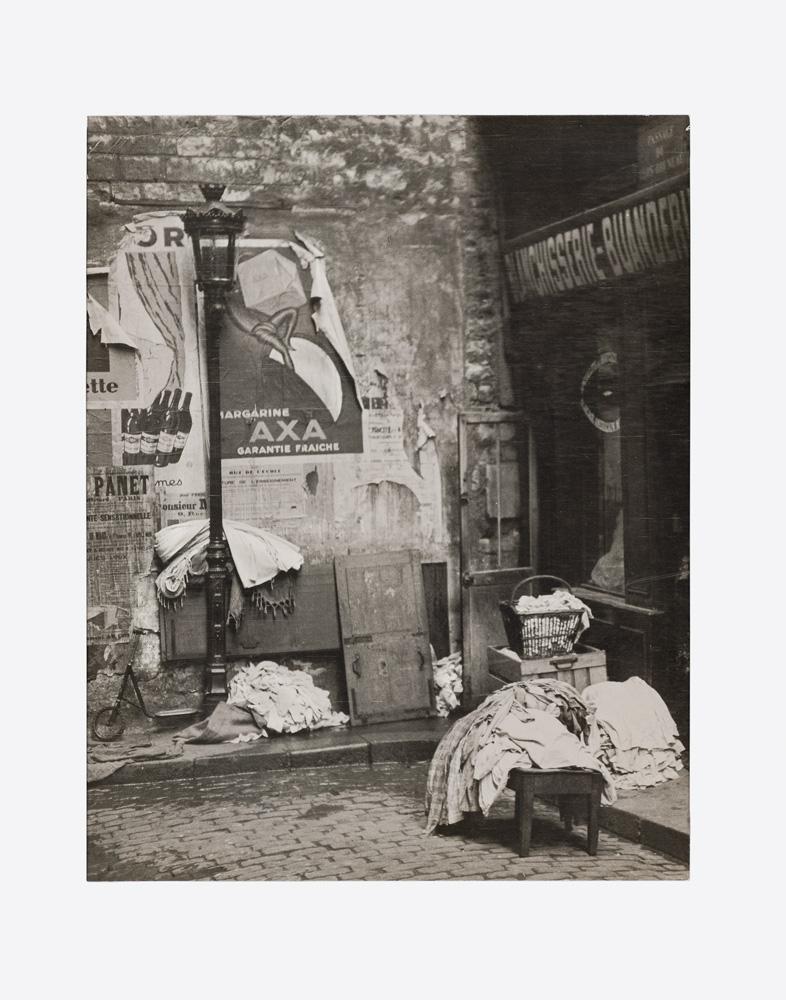Interwar Czech social photography through the filter of communist historiography
The first act of Czech social photography played out between 1931 – the year of the founding of the social photography groups of the Levá Fronta association – and the beginning of the Second World War. A second act opened in 1948 with the installation of Czechoslovakia’s communist regime. In 1961 two former leaders of the photography movement, Lubomír Linhart and František Kalivoda, were officially commissioned to write its history – an initial venture into historiography that has since been consigned to oblivion, despite the fresh light it casts on Czech social photography of the interwar years and the influence of left-wing activism on the whole creative photography scene of the time. The sources examined in this article confirm that many Czech photographers, from both avant-garde and working-class backgrounds, had subscribed to the ideal of a photography capable of effecting social change. A finding that should prompt us to repoliticise our interpretation of this context.

Jiří Lehovec, La Blanchisserie, cycle Paris, Ville lumière, 1932, tirage argentique d’époque, 29 × 23 cm. Photographie montrée à l’Exposition de photographie sociale à Prague en 1933. Prague, Uměleckoprůmyslové muzeum (GF 2615).
Fedora Parkmann is a postdoctoral researcher at the Institute of Art History of the Czech Academy of Sciences, and an associated researcher at the French Research Center in Humanities and Social Sciences in Prague. She has taught Art History at the Université catholique de l’Ouest in Angers, France, and at Sorbonne Université. She is currently studying the transnational history of social photography exhibitions in Czechoslovakia.
Keywords: Lubomír Linhart, František Kalivoda, social photography, communism, historiography, Czechoslovakia
Citation: Fedora Parkmann, « Une histoire en deux actes. La photographie sociale tchèque de l’entre-deux-guerres au prisme de l’historiographie de l’ère communiste », Transbordeur. Photographie histoire société, no. 4, 2020, pp. 50-59.